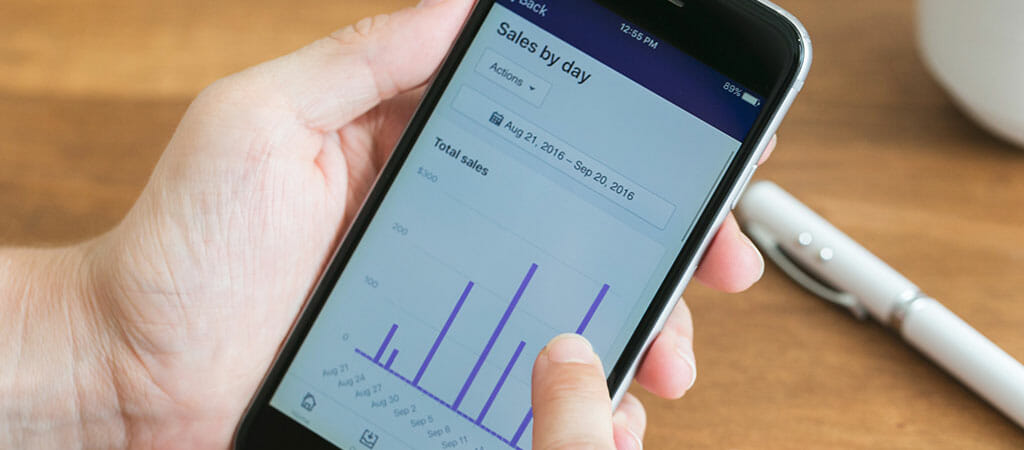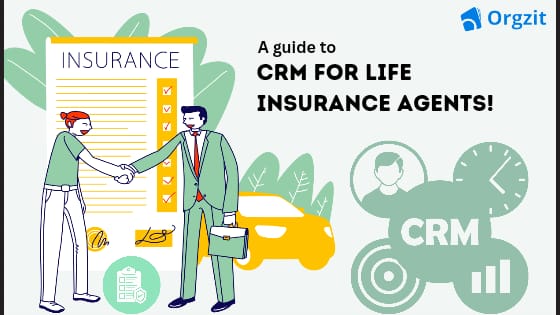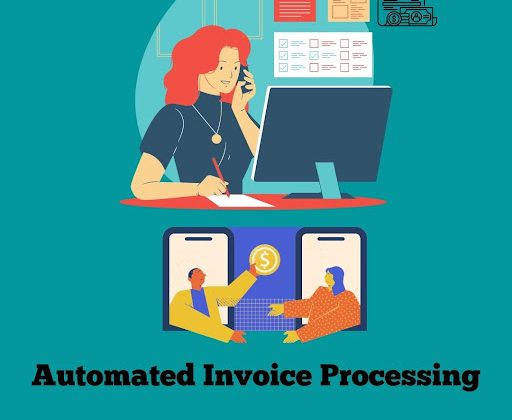How To Close More Sales For Your SaaS With A Few Proven Concepts
For any team that has sacrificed worked hard for their product, launching a new SaaS for any startup can be both terrifying and exhilarating. Assuming that your team has put in the work, refined the product to its absolute highest potential, you have to ask yourself one critical question:
Is my SaaS worth buying?
Your answer depends on a whole lot on knowledge about your customer, the industry for its application and your intimate experience with what your product is capable of and where you think it should improve in the future.
Once you have all of that figured out, a quality product should sell itself. Unless of course your sales strategy leaves something to be desired and will fail to yield the results your startup needs to become a profitable company.
Founders and design teams are working towards creating the greatest possible product they can. They probably are not the world’s greatest salesforce. In this world, there are two ways to sell successfully to potential clients when it comes to SaaS products.
- Empowering a hard-working salesforce with the right sales tactics
- Empowering your customer to be successful
If you have a good product, and your goal is to set up your customer for success from day one, then you have the makings of a perfect value proposition. But there are also a few concepts you should consider to help close the deal and acquire more sales.
To understand this better, let’s look at some ideas you may want to try when implementing your sales strategy for your SaaS.
Finely Tune Your Onboarding Experience
One of the most powerful selling tools you can have are glowing reviews from your current customers. If you make it so that new customers find the value in your software from the gate and have a positive experience using your product several months or even years later, chances are you have a happy customer on your hands.
This positive experience all has to start somewhere; why not knock it out of the park on day one?
Onboarding is a crucial period when it comes to treating your customers right and setting them up for success. As soon as someone has signed up and agreed to start using your product, try to maintain momentum and getting the first onboarding meeting set up.
A couple things you’ll want to have ready for your first onboarding experience with your customer:
Prepare
Prepare a complete walk-through via video conference. You have to think of this as a formal training for your customer. Leave time to answer any questions or several examples of how your customer may be using the software.
Stop Assuming
Send over any beginner guides for brand new users. Assume they’ve never seen your product when creating these guides, and create as many clear and concise visuals as you can.
Follow Up
Follow-up with your customer for the entire duration of the onboarding period. Think of onboarding as a two to three-week timeframe rather than less than a week. Follow-up constantly, making sure they feel like their questions are addressed and that you care about their experience.
Related – 3 Major Reasons Why Your Indian SaaS Strategy Is Failing
Constantly Create Content Which Empowers
If you consider SEMrush, one of the largest and well-known SEO software companies, you’ll probably notice that they have a massively recognized digital marketing blog. With a blend of cutting-edge how-to articles from guest writers, SEMrush also regularly publishes content which shows off some of the benefits or advanced tips for using their software.
This blog for SEMrush does two things; it creates a massive flow of inbound traffic from organic search and social media, but it also serves as a helpful tool for their own customers. And this is also an approach any up and coming SaaS startup may want to be trying as well.
Related – There Is Insanity In Creating A Sane Product Video
Be Mindful of Your Trial Periods
Trial periods are a crucial time for prospects to get their hands dirty and become intimate with your product. There’s delicate balance to achieve by choosing the right trial period length. If it’s too short, they probably won’t have enough time to see why your software is a must-have. But if it’s too long, you’re also just hurting your chances.
In a perfect world, the Goldilocks-esque number to be shooting for is a 14-day trial period. Many startups like to think that longer is better because a longer trial leads to more customers getting addicted to your product.
When in reality, most prospects don’t use the trial software for the entire duration. You have to figure that new software being thrown into their daily processes kinda mixes things up for them. They still have to do their work and try to find the time to evaluate what your software has to offer. Not mention the fact that with a shorter trial, this instills a sense of urgency, and that potential customer will probably take the trial more seriously since they have less time to evaluate.
Lastly, another big reason for opting for a shorter trial period is lowering your customer acquisition costs. By shortening your sales cycle from roughly five weeks to just two, you can easily reduce the cost of acquiring new customers.
Pricing Structure & Prepaid Discounts
When thinking about how to accurately set pricing, don’t be afraid to consider pricing on the higher end of what you may be comfortable with. One of the biggest reasons sales are not closed is due to pricing issues. If you aren’t losing deals due to pricing, you’re not confident in your product and not charging enough. This is where you need to focus on the value provided and see whether that value justifies the price. There’s no perfect formula for determining this, so it’s best to experiment and find the right mix.
Subscription based services from SaaS providers are great for startups since this provides a comfortable amount of reliable revenue. However, a yearly or annual subscription provides a much higher level of reliable revenue than monthly subscriptions. So if there is one discount you may want to offer, it’s on an annual subscription. This may mean lower revenue overall, but it’s guaranteed revenue and a good selling tool for customers who are on the fence about pricing.
Conclusion
SaaS sales don’t have to hard with the right mindset. It all comes down to having the right sales strategy and how your customer perceives their experience. If you set them up to succeed while using tried and true SaaS selling techniques, your sales will increase without question.








